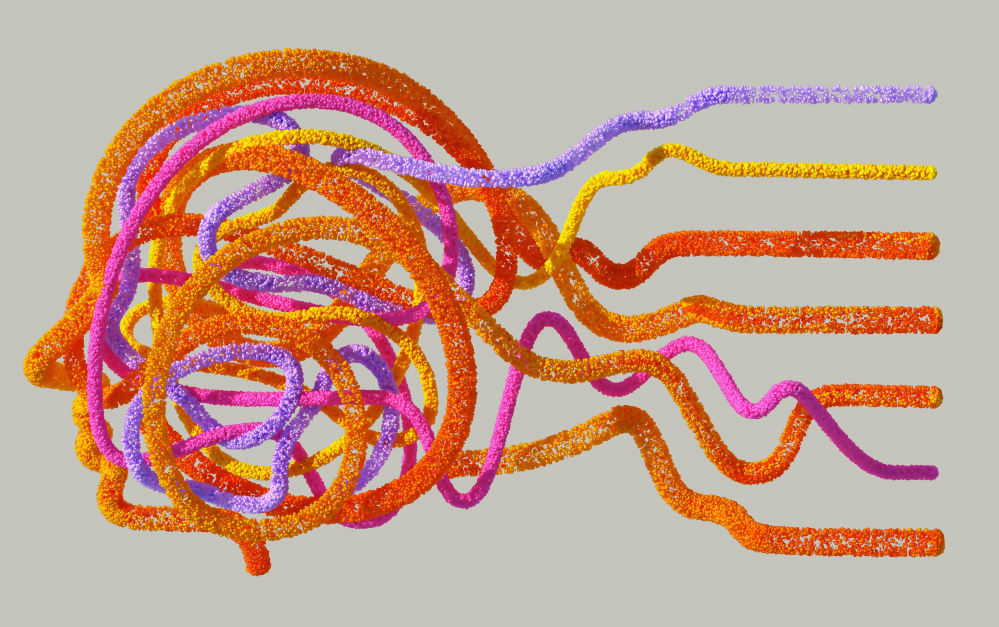Min HuangFaculty of Education and Psychology, ELTE University, Budapest 1075, Hungary
Gábor HalászFaculty of Education and Psychology, ELTE University, Budapest 1075, Hungary; Learning Institute, MCC, Budapest 1113, Hungary
Keywords:
University-industry cooperation, education modernization, comparative analysis, creative industry, higher education, China, European Union
Abstract
The article explores the similarities and differences in education-driven university-industry cooperation policies and practices in China and the European Union, focusing on the creative industry sectors. Through a comparative analysis of policy histories, top-down and bottom-up practices in both countries, the paper reveals that China emphasizes "deep integration" by establishing Modern Industrial Colleges and Future Technology Colleges to create an organic connection between education, research, and industry. Meanwhile, the EU promotes synergy through the "Knowledge and Innovation Communities" framework and supports grassroots innovation projects and transnational collaborations. The comparison is supported by the presentation of concrete cases illustrating the differences and the similarities. The article concludes that China and the EU are complementary in their approaches to university-industry cooperation. China's deep integration model provides valuable experiences for the EU, while the EU's grassroots innovation mechanisms and knowledge-sharing systems offer inspiration for policy refinement in China. The paper recommends further comparative studies to enhance mutual learning and collaboration between the two regions in education and industry cooperation.
Tanulmány: https://elder.yandypress.com



